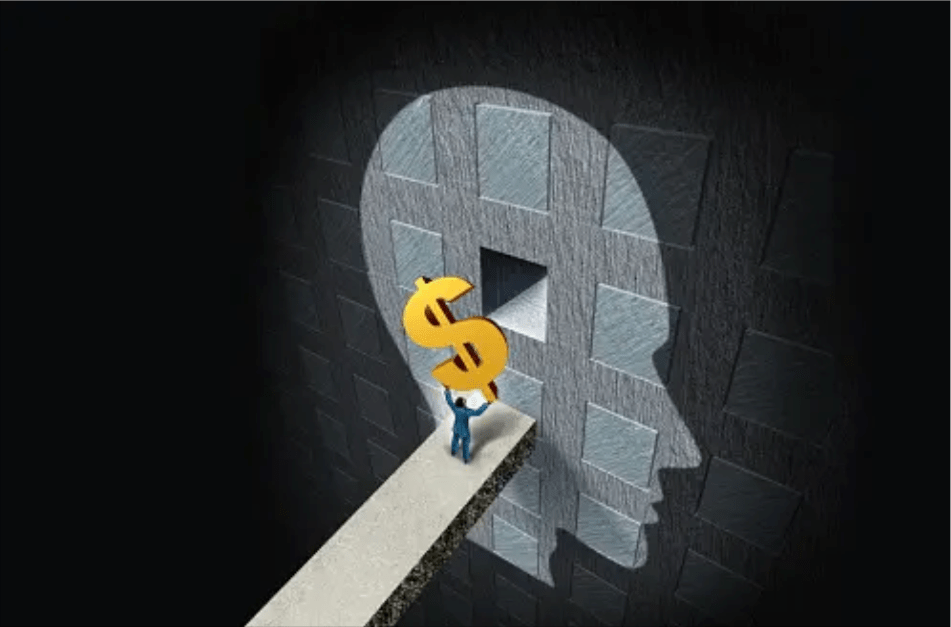
Pricing isn’t just about assigning numbers to products or services; it’s a complex dance of psychology and strategy. Understanding consumer behavior is key to mastering this dance. In this article, we delve into the intricacies of the psychology of pricing, exploring how perceptions of value, pricing strategies, contextual influences, and behavioral economics shape consumer decisions.
Perception of Value
The perception of value lies at the heart of pricing psychology. Consumers don’t just buy products; they buy the perceived value attached to them. Whether it’s the quality, utility, or exclusivity, consumers assess the worth of a product based on various factors.
For brick-and-mortar or traditional stores, cultivating an inviting in-person experience is essential to captivate customers and elevate the perceived value of offerings. This involves more than just stocking shelves; it’s about curating an environment that engages the senses and fosters a positive shopping experience. Strategic product placement plays a crucial role, ensuring that items are prominently displayed and easily accessible to customers. Additionally, investing in attractive displays and eye-catching signage can draw attention to key products and promotions, enticing shoppers to explore further.
Similarly, for businesses operating online, the presentation of products and services is crucial. Utilizing high-quality images and descriptions can significantly influence how consumers perceive value. Having a professional website is also another essential component for establishing credibility and conveying value to potential customers. Starting with a simple static website provides an excellent platform to showcase unique value propositions and offerings. You can also consider hiring a web design specialist who can elevate the online presence, ensuring that the brand’s value proposition is effectively being communicated. By combining great visuals, clear descriptions, and a well-designed website, you can make a strong impression on potential customers and build trust in your brand.
Pricing Strategies and Techniques
Pricing strategies serve as powerful tools for shaping consumer behavior and driving purchasing decisions. Businesses utilize a variety of tactics, each designed to influence consumer perceptions and preferences.
One such strategy is psychological pricing, which involves setting prices just below round numbers to create a perception of value. For instance, pricing a product at $9.99 instead of $10 can make it seem more affordable and attractive to consumers.
Another effective tactic is bundle pricing, where businesses offer products or services as part of a package deal. This strategy not only encourages consumers to purchase multiple items but also enhances the overall perceived value of the offer.
Moreover, tiered pricing options cater to different segments of consumers by providing choices based on their preferences and budget constraints. For example, offering basic, standard, and premium pricing tiers allows businesses to appeal to a wider range of customers with varying needs and willingness to pay.
The Influence of Context and Framing
Context and framing play a crucial role in shaping consumers’ perceptions of prices. A product priced at $50 may be perceived as expensive when compared to similar products in a different context, but it may seem reasonable when considering factors such as its quality, features, and brand reputation. Additionally, the way prices are presented can influence how consumers interpret them.
For example, offering a discount off a higher initial price can create the perception of value and savings, while presenting the price as a standalone figure may highlight affordability. By understanding the importance of context and framing, businesses can strategically position their prices to appeal to their target audience and enhance the perceived value of their products or services.
Behavioral Economics and Decision Making
Behavioral economics provides valuable insights into the irrational tendencies that underlie consumer decision-making processes. These tendencies, stemming from subconscious biases, greatly influence how individuals perceive and respond to pricing strategies.
For instance, the anchoring effect demonstrates how consumers heavily rely on the first piece of information encountered when making decisions. Therefore, presenting a higher initial price before offering a discount can anchor consumers’ perceptions, making the discounted price appear more appealing and generating a sense of value.
Conclusion
The psychology of pricing is a multifaceted field that blends consumer behavior, economics, and cognitive psychology. By understanding the drivers behind consumer decision-making, businesses can craft pricing strategies that resonate with their target audience. From leveraging perceptions of value to framing prices effectively, every aspect of pricing is an opportunity to influence consumer behavior positively. As businesses, including website designers for small businesses, continue to navigate the dynamic landscape of consumer preferences, mastering the psychology of pricing remains paramount for success.



